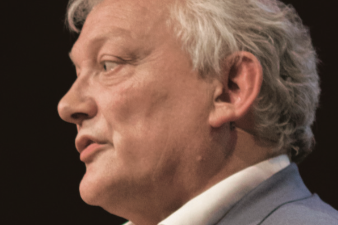PFZW, the €218bn Dutch healthcare scheme, has said return prospects for its private market investments have outweighed its higher management costs.
In its annual report for 2019, the scheme said its asset management costs had amounted to 43 basis points of average assets under management, 87% of which was attributable to its private market investments.
However, with a net return of 7.7% on average since 2008, it had outperformed the pension fund’s liquid benchmark for public market investments, which had returned 6.4% on average in the same period, it stated.
The fund announced it had expanded its stake in direct private market investments through projects with co-investors, “as these incur lower costs in general than indirect investments”.
As a result, it had reduced its stake in indirect investments, including participations in investment funds, in the past years.
The pension fund also said its goal was to reduce costs while keeping expected returns, rather than adjusting its asset mix to drive down costs. It said it had reduced its asset management costs by 10% in the past 10 years.
Last year, the pension fund’s 5.9% private equity holdings returned 16.9%, while private real estate (6%) and infrastructure (4%) yielded 8.6% and 7%, respectively, the report showed.
It also reported gains of 3.5%, 8.5% and 8.9% for its insurance-linked investments, credit risk sharing transactions (CRS) and residential mortgages, respectively.
The healthcare scheme posted an “above average” overall return of 18.8%, exceeding its benchmark by 0.2 percentage points.
Outperformance
PFZW explained that the outperformance was in particular driven by private property, thanks to worldwide logistics funds, Dutch residential property and offices in the four largest Dutch towns as well as Berlin and Seoul.
The scheme said insurance-linked investments had also outperformed “following a reduced risk profile for allocations”, and said CRS and infrastructure had performed above average as well.
The report attributed the outperformance of private equity largely to co-investments in the US and worldwide markets.
The document also disclosed that investment grade credit had exceeded its benchmark “as a result of credit selection and overweighted positions in companies with relatively high credit premiums” as well as an overweight in subordinated bank bonds and non-financial institutions.
It added that its investments in emerging market debt denominated in local currency had returned 5%, “as its unhedged positions had benefited from falling local interest rates combined with an appreciation of local currencies relative to the euro”.
However, the pension fund noted its alternative equity strategies had desappointing returns due to a targeted lower risk profile and an underweighting in some large and well performing IT firms.
It attributed the underperformance of interest mandates largely to demand for interest swaps exceeding calls for AAA-rated government bonds in a declining interest environment.
Contributions
PFZW, which saw its funding level drop to 94% at the end of March, warned that its current pension contribution of 23.5% will have to rise next year, possibly combined with a reduction of its annual pensions accrual of 1.75%.
It said this would be made necessary as a result of low interest rates and lower expectations for future returns. It also cited agreements made in the pensions accord between the social partners and the government.
The healthcare scheme reported administration costs of €61.70 per participant, and said that achieving its target of €60 remained a challenge, “because of looming expenses for IT investments in the coming years”.
PFZW has 2.9 million participants and pensioners, affiliated with 25,400 employers.

























No comments yet